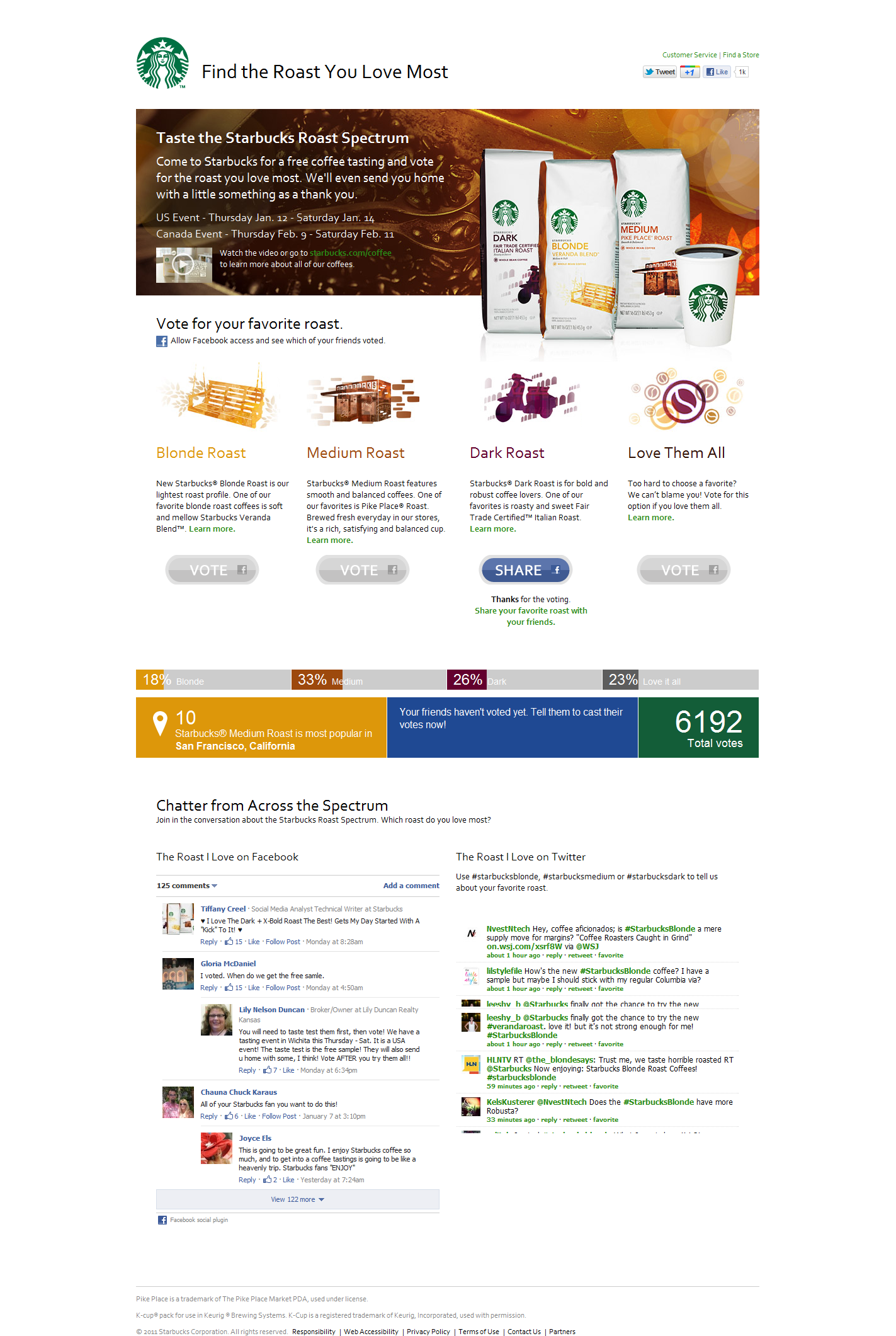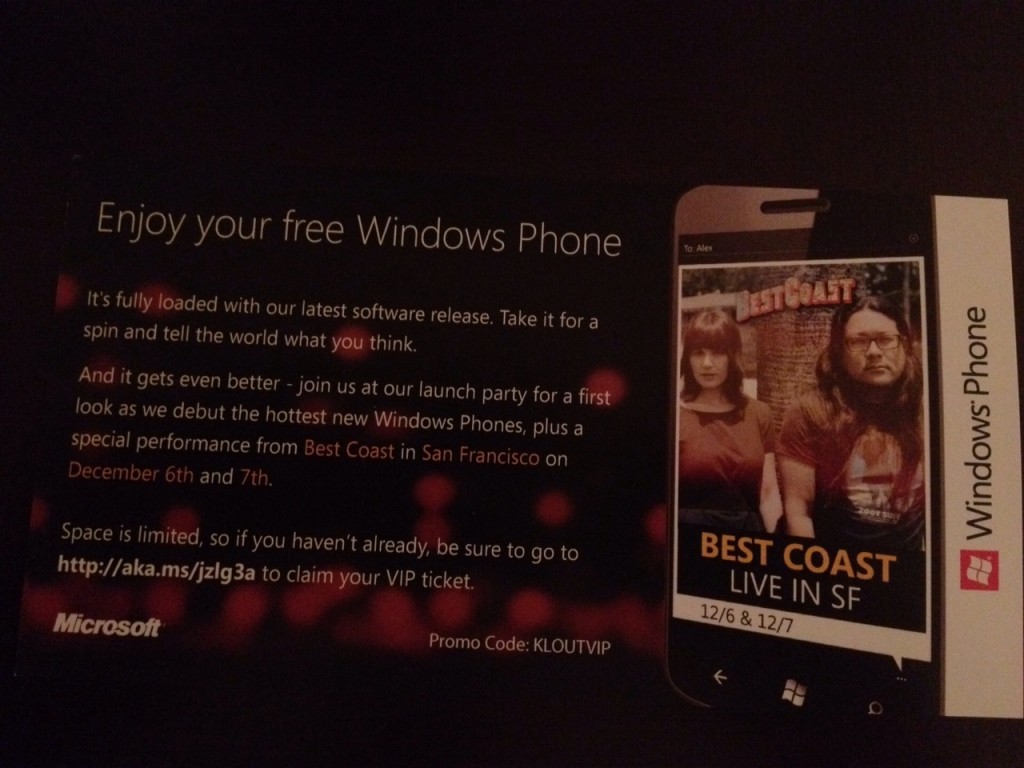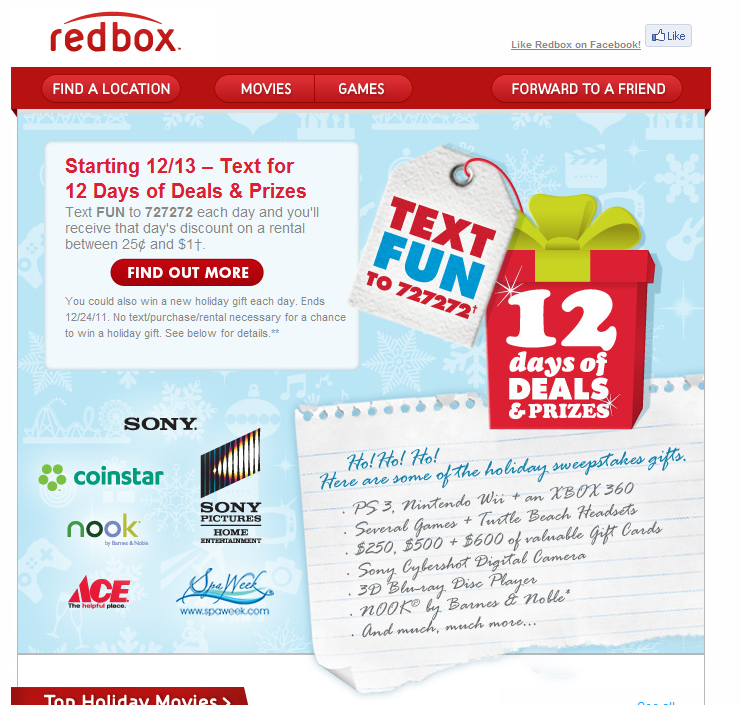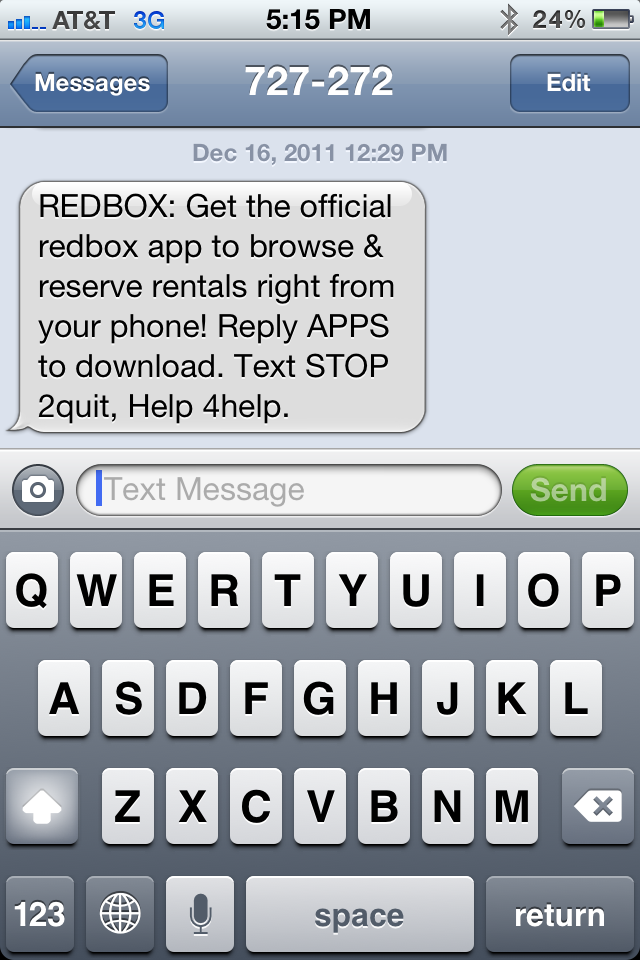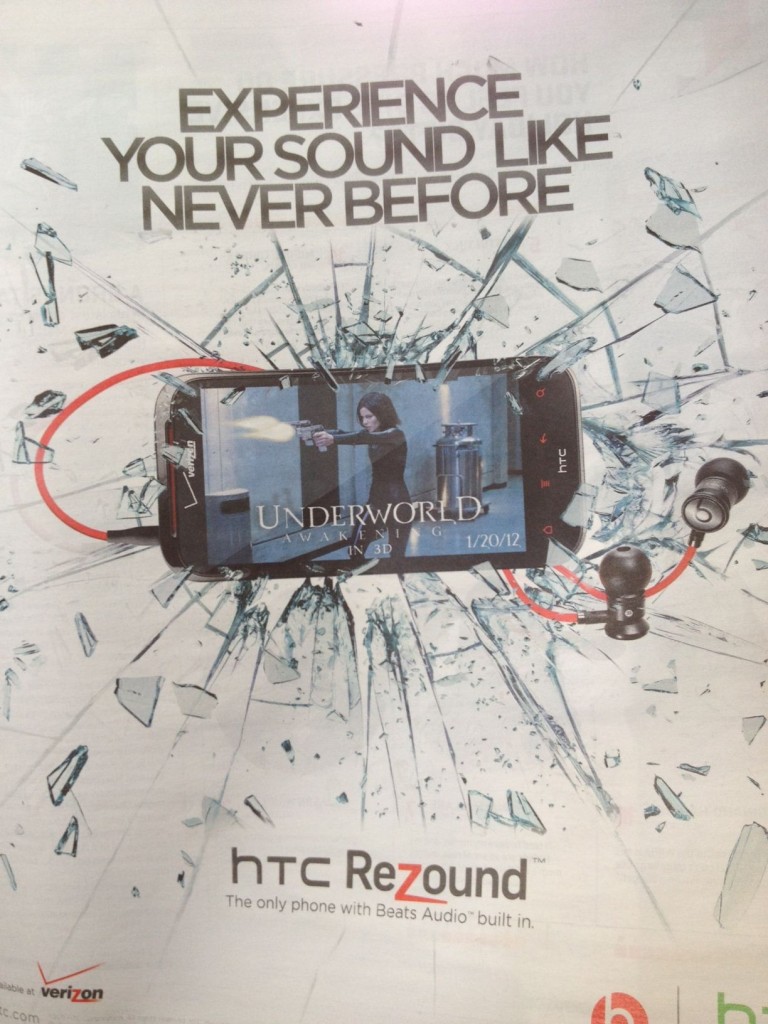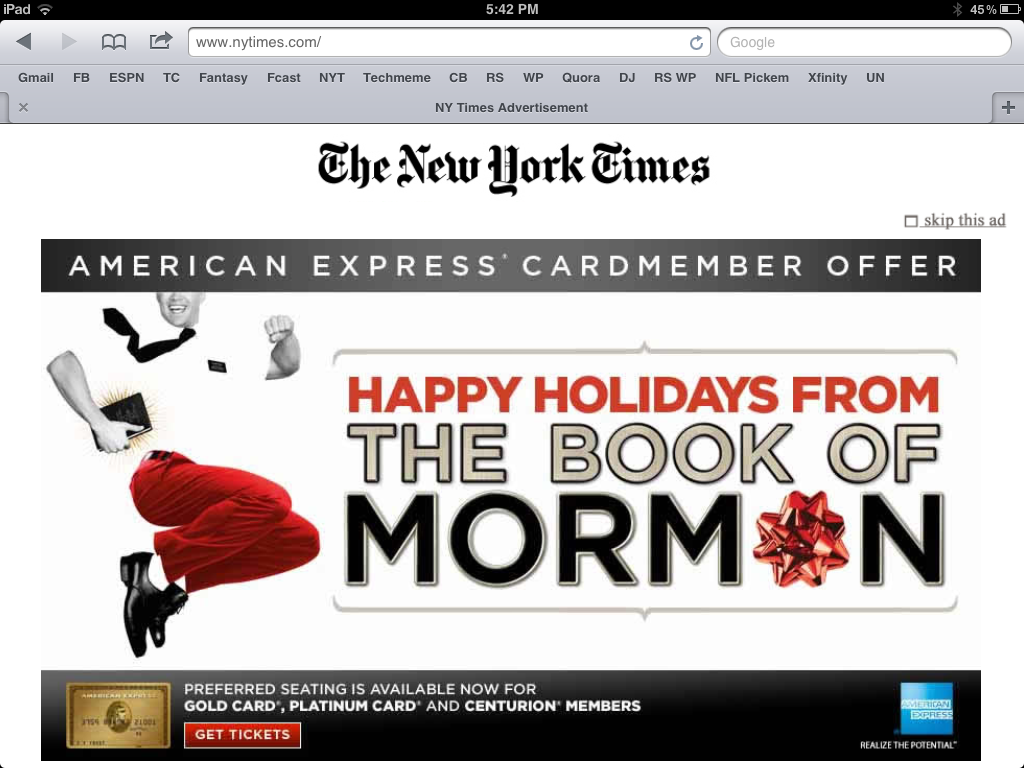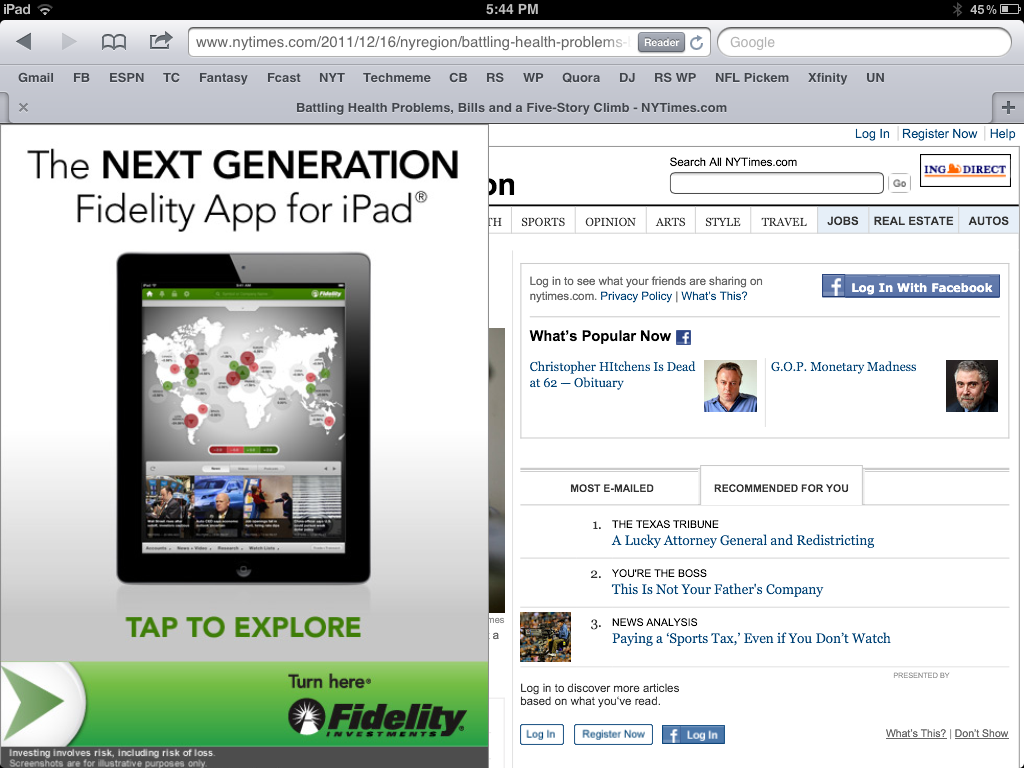Last week I wrote a post about the the balancing act of revenue versus user experience. These tug of wars appear all the time, for instance - while at eBay, I used to think a great deal about the trade-offs of SEO as compared to usability / design... tough decisions. And we see it now with LinkedIn (who recently became a public company) - whose web experience has shifted a bit towards revenue (suggested by my anecdotal, personal usage). This is all a set up to the following screenshot of my Facebook homepage - which seems to have shifted Sponsored Posts above the Ticker and Birthday / Events alerts. Sponsored Posts are clearly the big revenue opportunity on the the homepage - and, by being above the Ticker, CPMs, conversions, etc all improve. Of course that affects interaction rates with the ticker and therefore my friends.
It's always a balance. And it's fascinating to watch.


